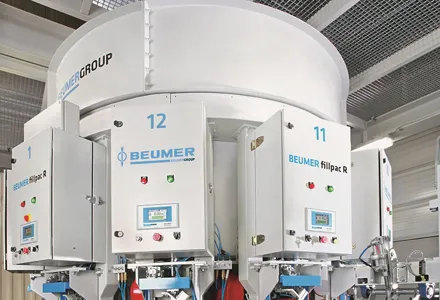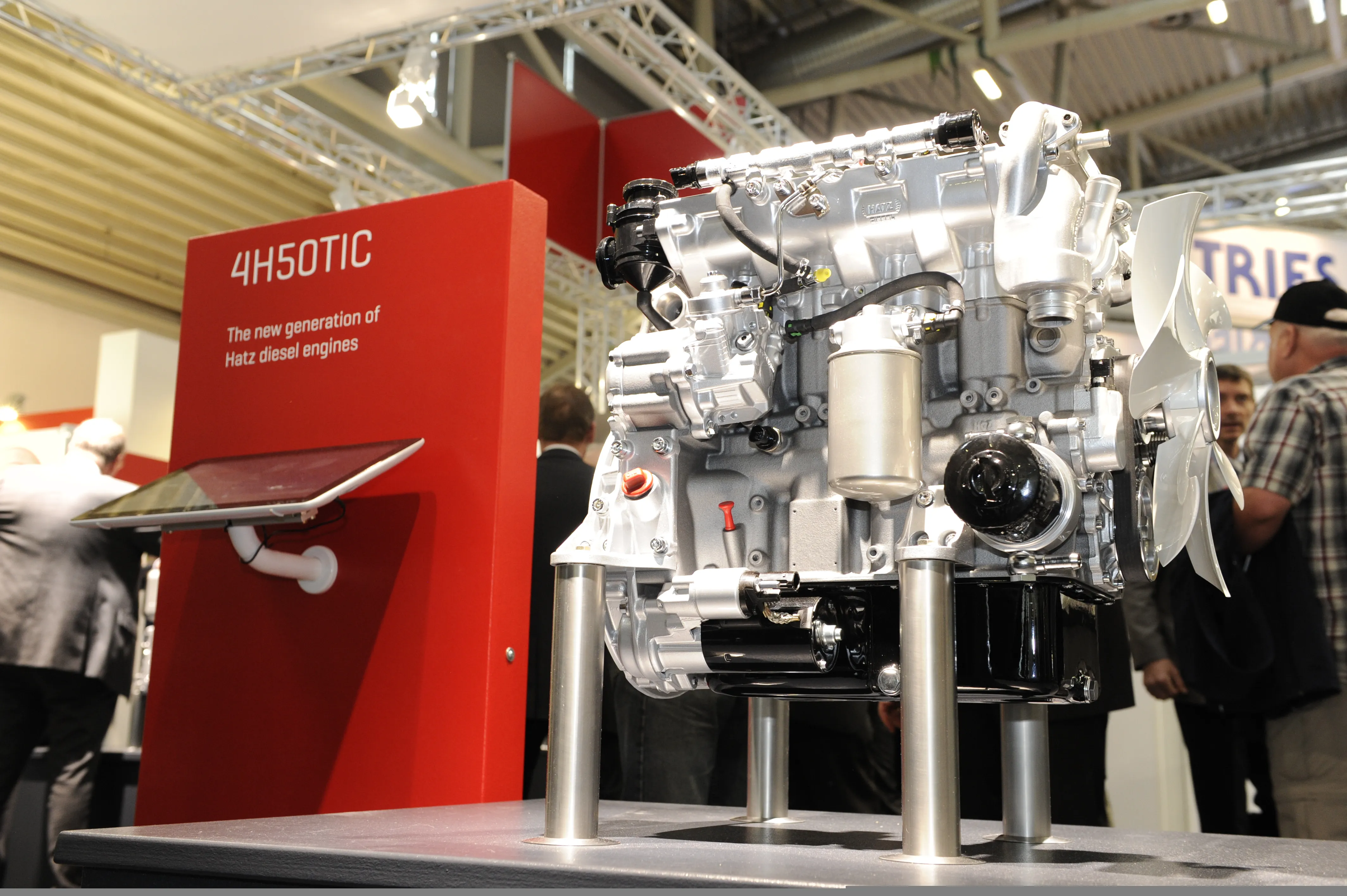Intralogistics company Beumer has expanded its portfolio with the fillpac filling machine, offering equipment and systems for packaging lines from one source.
“The new machine can be flexibly integrated with existing packaging lines and can be optimally adapted to the customer's situation,” says the company.
“The Beumer fillpac is a specific weighing electronics which ensures the weight accuracy of the bags. Rejects caused by too high or too low filling weights can nearly be excluded.”
January 6, 2017
Read time: 2 mins

Intralogistics company 7303 Beumer has expanded its portfolio with the fillpac filling machine, offering equipment and systems for packaging lines from one source.
“The new machine can be flexibly integrated with existing packaging lines and can be optimally adapted to the customer's situation,” says the company.
“The Beumer fillpac is a specific weighing electronics which ensures the weight accuracy of the bags. Rejects caused by too high or too low filling weights can nearly be excluded.”
The weighing unit communicates permanently with the filler neck via a specific software, and the automatic bag weight adjustment determines the exact filling weight of the bags, thus enabling the exact degrees of filling during the filling process. The user can design packaging lines more efficiently as it is no longer necessary to remove under or overweight bags from the line. In addition, the quantity indicated on the bag always corresponds to the real volume.
The Beumer fillpac, which is used for products such as cement, is designed for capacities ranging from 300-6,000 bags/hour and can fill various bag types. If equipped with a special bag placer, it can also fill HDPE bags.
All videos
“The new machine can be flexibly integrated with existing packaging lines and can be optimally adapted to the customer's situation,” says the company.
“The Beumer fillpac is a specific weighing electronics which ensures the weight accuracy of the bags. Rejects caused by too high or too low filling weights can nearly be excluded.”
The weighing unit communicates permanently with the filler neck via a specific software, and the automatic bag weight adjustment determines the exact filling weight of the bags, thus enabling the exact degrees of filling during the filling process. The user can design packaging lines more efficiently as it is no longer necessary to remove under or overweight bags from the line. In addition, the quantity indicated on the bag always corresponds to the real volume.
The Beumer fillpac, which is used for products such as cement, is designed for capacities ranging from 300-6,000 bags/hour and can fill various bag types. If equipped with a special bag placer, it can also fill HDPE bags.
All videos








